Acadia National Park in Maine, established in 1916, fascinates with diverse wildlife and plant life. It features rocky mountains, 120+ miles of trails, and Cadillac Mountain, a famed sunrise spot. Notable fun facts include its 50-mile coastline offering stunning ocean views and John D. Rockefeller Jr.’s carriage roads, perfect for scenic drives and biking adventures, attracting nature lovers and adventurers alike.
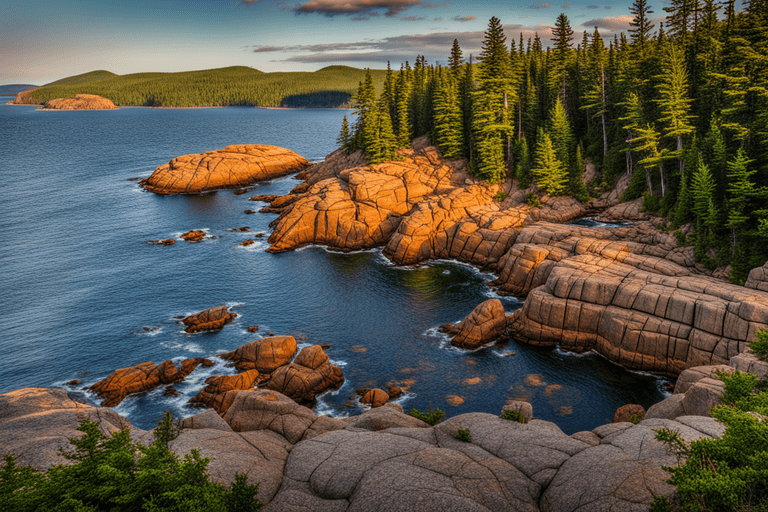
Acadia National Park was the first big park in the east and began as Sieur de Monts National Monument. It changed to Acadia National Park in 1929, showing a strong commitment to keeping the park safe.
The park covers 49,000 acres, with mountains, forests, and the coast. Cadillac Mountain, the highest peak on the east coast, gives amazing views. People who love nature and adventure come here to explore and find new things.
Quick fun facts about Acadia National Park:
- Established in 1919: Acadia National Park in Maine, established in 1919, is one of the oldest U.S. national parks.
- Island Beauty: This coastal park, encompassing islands, boasts unique landscapes, including Cadillac Mountain, the highest peak on the U.S. Atlantic coast.
- Carriage Roads: John D. Rockefeller Jr.’s 45 miles of carriage roads offer biking and hiking amidst picturesque scenery.
- Thunder Hole: Experience the powerful sound of waves at Thunder Hole, a coastal inlet.
- Wildlife Diversity: Encounter diverse wildlife, from deer and foxes to various bird species.
- Jordan Pond: Relax by the pristine Jordan Pond, surrounded by unique pink granite cliffs.
- Park Loop Road: Drive or cycle along Park Loop Road for scenic coastal, mountain, and forest views.
- Astro-Tourism: Designated an International Dark Sky Park, Acadia is perfect for stargazing.
- Bass Harbor Head Lighthouse: Admire the picturesque lighthouse perched on rugged cliffs.
- Pop Culture Connection: The park was a filming location for Stephen King’s “Pet Sematary.”
- Autumn Splendor: Acadia transforms into a vibrant autumn wonderland.
- Cultural Heritage: Explore historic homesteads and granite quarries reflecting the area’s rich heritage.
- Tea House Tradition: Enjoy afternoon tea at the Jordan Pond House, continuing a century-old tradition.
- Island Exploration: Accessible by ferry, Acadia’s islands offer secluded hikes and a closer connection with nature.
Also Read this: 28 Amazing Facts about Glacier National Park
The Evolution of Acadia’s Name
From Sieur de Monts to Acadia: A Historical Odyssey
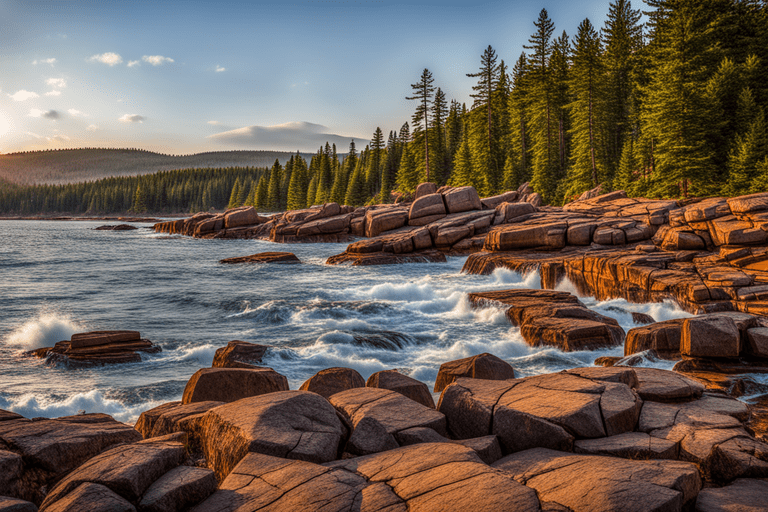
Acadia National Park, nestled in the picturesque landscapes of Maine, has a rich history reflected in its name changes. Initially established as Sieur de Monts National Monument, the park underwent transformations, honoring French figures like the Marquis de Lafayette and the former French colony of Acadia. The park, known today as Acadia National Park, has a unique heritage that echoes through its scenic beauty.
Pioneers and Philanthropy
George B. Dorr, Charles W. Eliot, and the Birth of Acadia
In 1916, Acadia became the first national park founded entirely through private donations. Visionaries like George B. Dorr and Charles W. Eliot played pivotal roles, with John D. Rockefeller contributing significantly by bequeathing 11,000 acres and constructing over 40 miles of iconic carriage roads. Their efforts laid the foundation for Acadia’s enduring legacy.
Nature’s Resilience
The Great Fire and Acadia’s Remarkable Rebirth

In 1947, Acadia faced the devastation of the “Great Fire” on Mount Desert Island, consuming 10,000 acres and numerous fir and spruce trees. However, nature’s resilience brought forth a diverse regrowth, introducing Birch and Maple trees to the park’s landscape, creating a captivating tapestry of plant life.
A Gem in a Compact Space
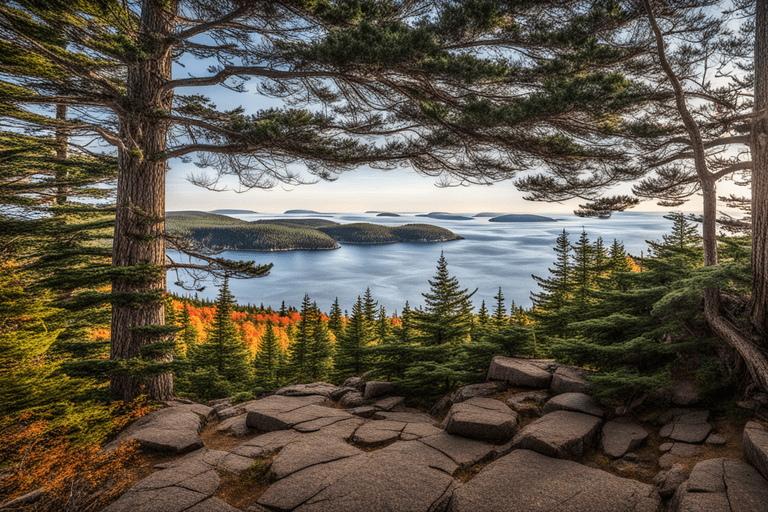
Acadia’s Size and Popularity
Spanning just under 50,000 acres, Acadia National Park stands as one of the smallest national parks in the United States. Yet, its allure is undeniable, drawing three million visitors annually. From rocky beaches to wetlands, spruce-fir forests to granite mountain peaks, Acadia offers a wealth of attractions within its compact boundaries.
Peaks and Trails
Cadillac Mountain and a Hiker’s Paradise
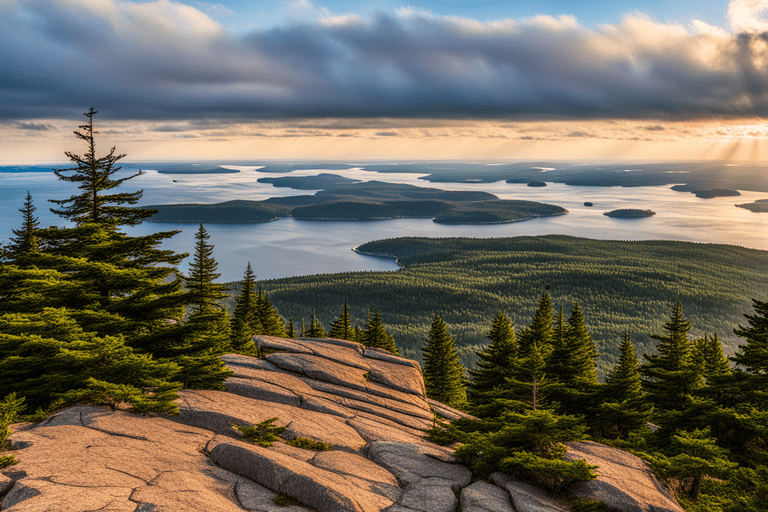
Cadillac Mountain, the park’s tallest peak at 1,530 feet, is a beacon of natural beauty. Named after French explorer Antoine Laumet de La Mothe, sieur de Cadillac, it holds the distinction of being the first place where the sun rises on the eastern U.S. between October and March. With over 120 miles of hiking trails, ranging from easy strolls to strenuous treks, Acadia caters to every adventurer’s spirit.
Wildlife Symphony
Peregrine Falcons and a Symphony of Raptors

Home to 40 different wildlife species, Acadia National Park is a sanctuary for creatures big and small, from chipmunks and white-tailed deer to black bears and Peregrine Falcons. Once nearly extinct, Peregrine Falcons are now a symbol of resilience, reaching speeds of over 200 miles per hour. Witnessing the migration of around 2,500 raptors, including Peregrine Falcons, is a breathtaking spectacle for avid birdwatchers.
Seasonal Rhythms
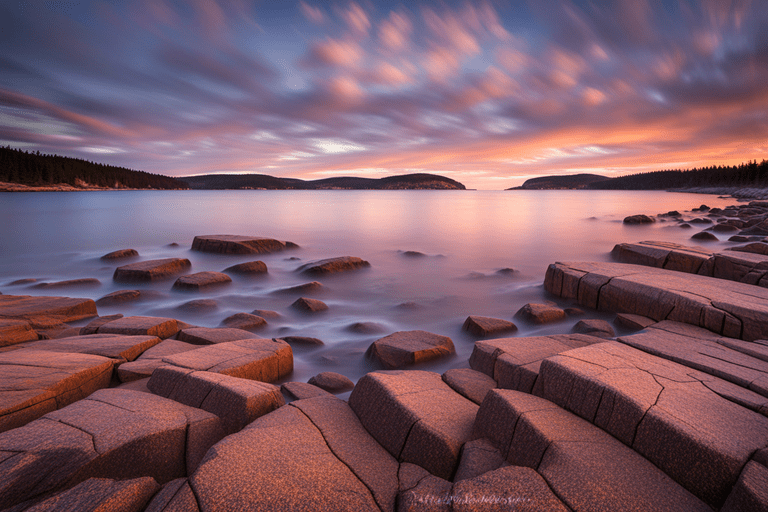
Visitors, Residents, and Centennials
Welcoming approximately three million visitors annually, Acadia experiences peak visitation from June to October. Surprisingly, the year-round population of Mount Desert Island, home to Acadia, is a mere 10,615 residents (2010 Census). The park celebrated its Centennial in 2017, recording a remarkable 3.5 million visitors during that special year.
An Invitation to Explore
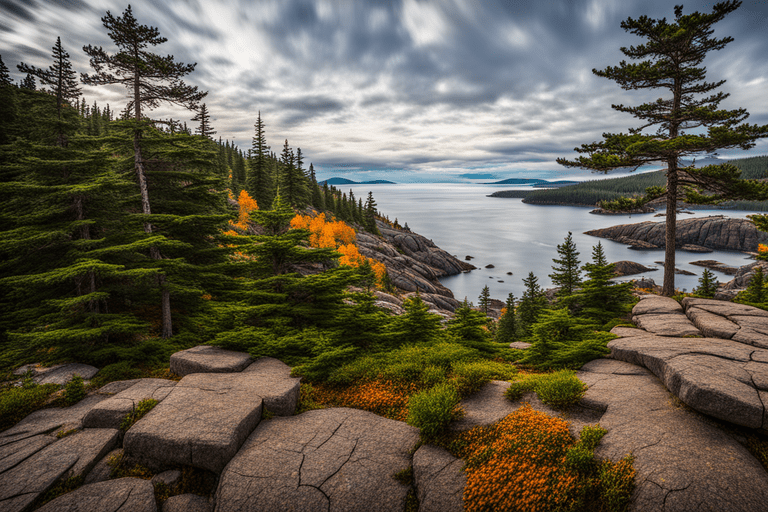
Geddy’s and the Joy of Acadia
As fortunate neighbors of Acadia National Park, Geddy’s extends an invitation to all to explore and revel in the wonders of this natural marvel. Whether you’re a nature enthusiast, a hiker, or a birdwatcher, Acadia promises an unforgettable experience—one that showcases the incredible beauty of our world right in our backyard.
FAQs
Answer: Acadia National Park was originally known as Sieur de Monts National Monument. Its name was later changed to Lafayette National Park in 1919, honoring the Marquis de Lafayette, and finally, in 1929, it was renamed Acadia in homage to the former French colony of Acadia.
Answer: George B. Dorr and Charles W. Eliot, along with significant contributions from John D. Rockefeller, played crucial roles in establishing Acadia National Park in 1916. It was the first national park created entirely from private donations.
Answer: In 1947, Acadia National Park faced the “Great Fire” on Mount Desert Island, destroying 10,000 acres and numerous trees. However, nature’s resilience led to a diverse regrowth, introducing Birch and Maple trees, enhancing the park’s plant life.
Answer: Acadia, spanning just under 50,000 acres, is one of the smallest national parks in the United States. Yet, its diverse attractions, from rocky beaches to granite mountain peaks, make it incredibly popular, drawing three million visitors each year.
Answer: Cadillac Mountain is the tallest peak in Acadia at 1,530 feet. It holds significance as it is the first place where the sun rises in the eastern U.S. between early October and early March, making it a unique and captivating natural phenomenon.